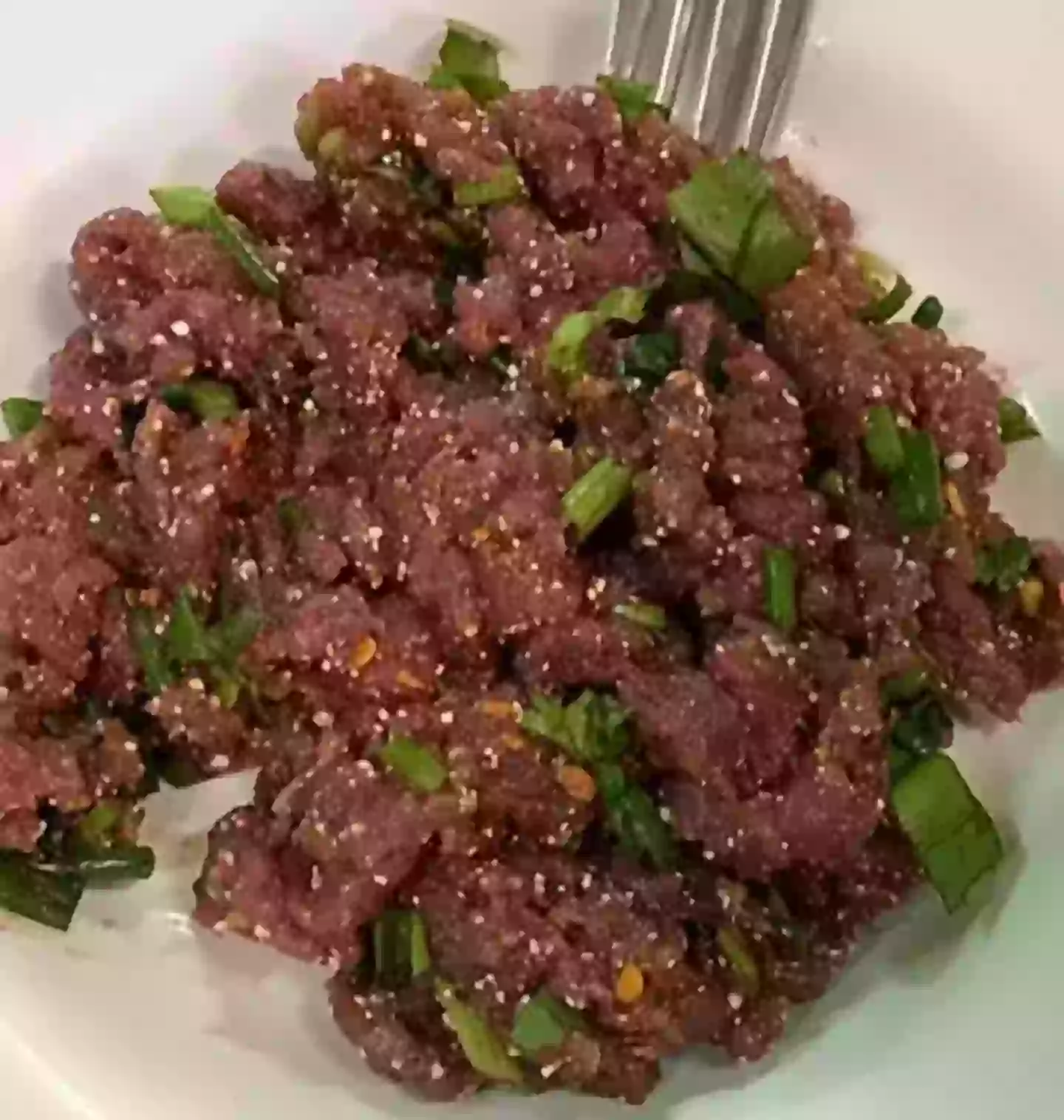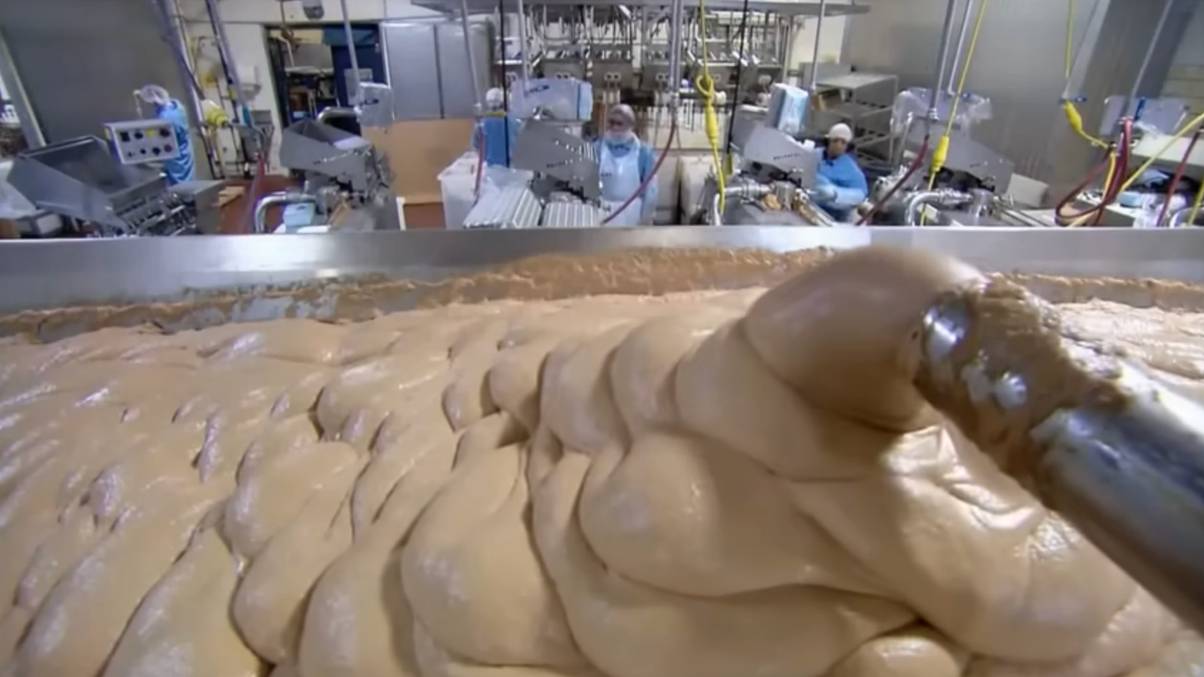Residents Defy Doctor’s Chilling Warning About Deadly Dish—Their Shocking Reaction Revealed!
Ever wondered why some folks would literally risk meeting their maker just to savor a mouthwatering meal? Well, in Thailand, a cheeky bunch are doing just that by digging into a dish so dangerously delicious it’s said to claim 20,000 lives each year. Doctor Narong Khuntikeo, a liver surgeon with a personal stake in the matter—his own parents fell victim to the deadly effects of this cuisine—is baffled and frankly a bit amused by his patients’ cavalier attitude. They shrug off his warnings with the oddly comedic, yet haunting reply: “There are many ways to die.” So, what is this risky recipe that tempts tastebuds while flirting with fatality? Meet koi pla—a raw fish salad spiced up with herbs, lime, and live ants, popular in the Isaan region, and packed with parasitic liver flukes that can cause a near-silent, deadly cancer. Despite expert pleas to cook it, locals insist that would utterly ruin the flavor. Intrigued and a little horrified? You’re not alone. LEARN MORE.
Most people wouldn’t take their chances with a potentially deadly dish, even if it is supposedly to die for.
But according to this doctor, there are a fair few people in Thailand who don’t mind running the risk of meeting their maker for the sake of a delicious meal.
Despite health experts warning that chowing down on the delicacy could have fatal consequences, millions of people continue to eat it.
It’s believed to be responsible for the deaths of a whopping 20,000 people in the country each year, but that still doesn’t stop food fans from getting their fix.
Doctor Narong Khuntikeo explained that he simply can’t understand why so many people are willing to die on this hill – pardon the pun – just to tantalise their tastebuds.
He revealed that his patients all tend to have the same response when he urges them to ditch the dish from their diet, which is pretty comical…but for the medic, it’s a huge concern.
So, what is this hazardous bit of cuisine which we all ought to avoid like the plague if we ever head to Thailand?
Known as koi pla, this dish is made up of some pretty resourceful ingredients and it is extremely popular in the province of Khon Kaen, as well as Isaan.

Eating koi pla could have deadly consequences (Wikimedia Commons)
Daredevils are served up a plate of minced raw fish, which is ground up with herbs, spices, lime juice and live red ants.
Although you’re probably assuming it’s the ants who are to blame for making this meal a mortality risk, it’s actually down to the main component – the freshwater fish.
The problem is, the fish that are caught in the Mekong region are packed with parasitic flatworms – or liver flukes – that live inside of them.
These parasites can cause cholangiocarcinoma, or bile duct cancer, which can obviously make you gravely ill.
The ‘silent killer’ disease has one of the lowest survival rates of all cancers if left untreated by surgery, but the illness is often symptomless.
If and when symptoms emerge, sufferers may experience jaundice, weight loss, abdominal pain, changes in their toilet habits, itching of the skin and feeling generally unwell.
Isaan has the highest reported rates of this disease in the world due to the heavy consumption of koi pla among locals.
Experts have tried to encourage people to change their eating habits by cooking the raw fish dish to kill the flukes; however, locals claim that doing so completely ruins the taste.

A man pictured in 2017 while undergoing an ultrasound to see if he has been infected with the parasites (LILLIAN SUWANRUMPHA/AFP via Getty Images)
Dr Khuntikeo’s parents both tragically died from liver cancer after they ate koi pla, which inspired him to embark on a career as a liver surgeon.
He’s also desperate to raise awareness of the dangers of the delicacy. Nevertheless, his warnings tend to fall on deaf ears.
“It’s a very big health burden around here,” he previously told Agence France-Presse when discussing koi pla. “But nobody knows about this because they die quietly, like leaves falling from a tree.”
Dr Khuntikeo previously worked alongside a team scientists, doctors and anthropologists for four years to test villagers from the Isaan region for the parasite.
Using ultrasound machines and urine testing kits, he discovered that as much as 80 per cent of inhabitants from some communities were found to have ingested the deadly parasite.
Despite all of this overwhelming evidence about how bad koi pla can be for you, Dr Khuntikeo said the older generation tend to brush off his concerns, as they are firmly set in their ways.
Revealing the most common response he receives when sharing his advice about the deadly dish, the liver surgeon said: “They’ll say: ‘Oh well, there are many ways to die’.
“But I cannot accept this answer.”
Dr Khuntikeo still has hope for influencing the younger generation, though, as he has worked alongside local health officials to introduce a school curriculum geared at teaching children about the risks of raw foods.



















